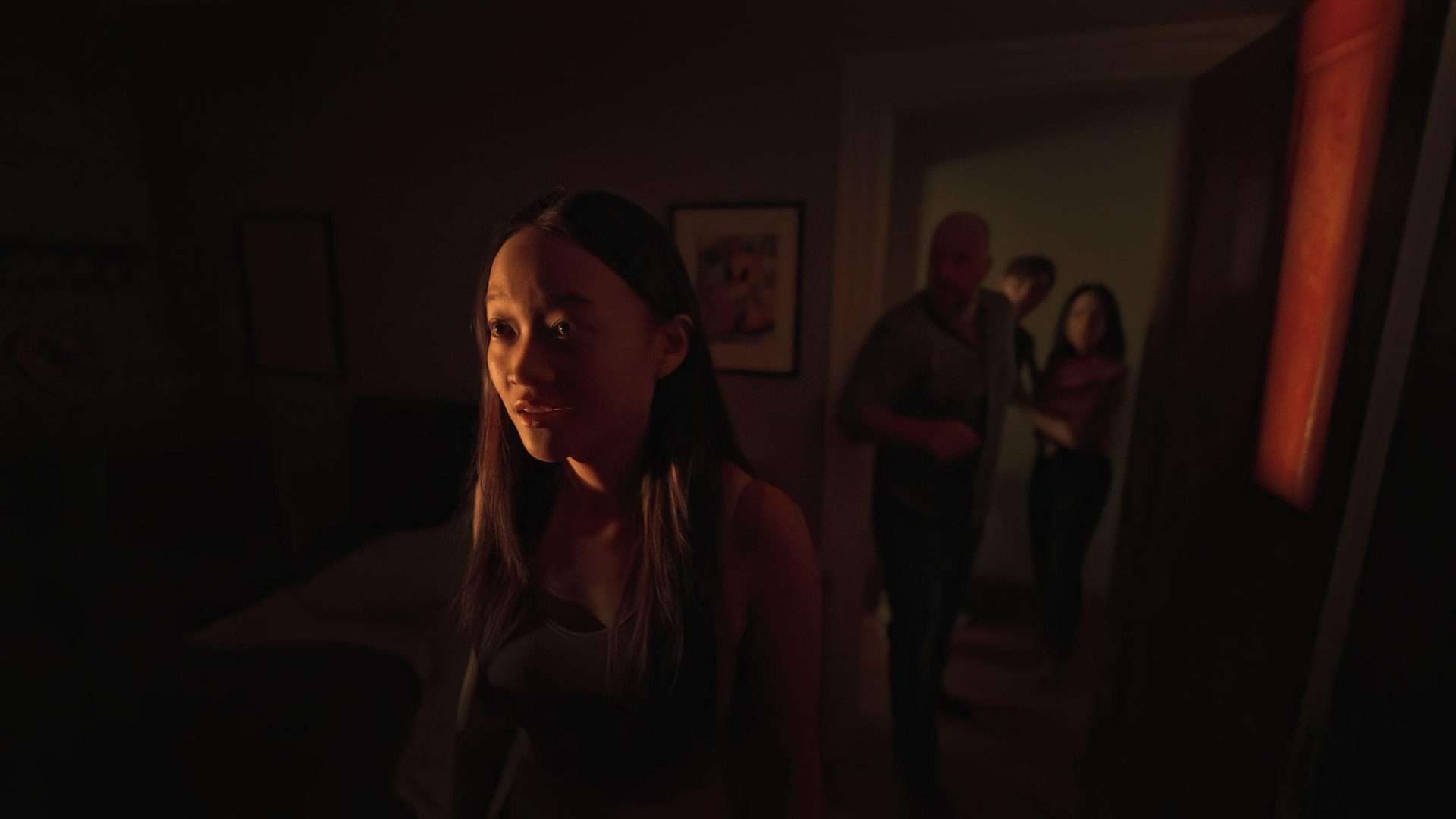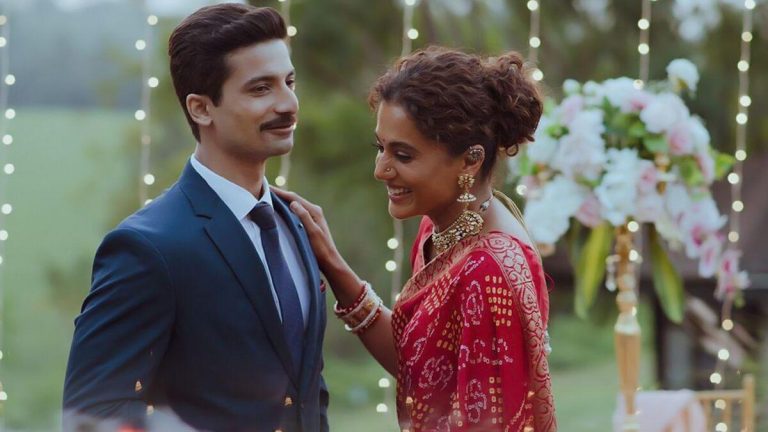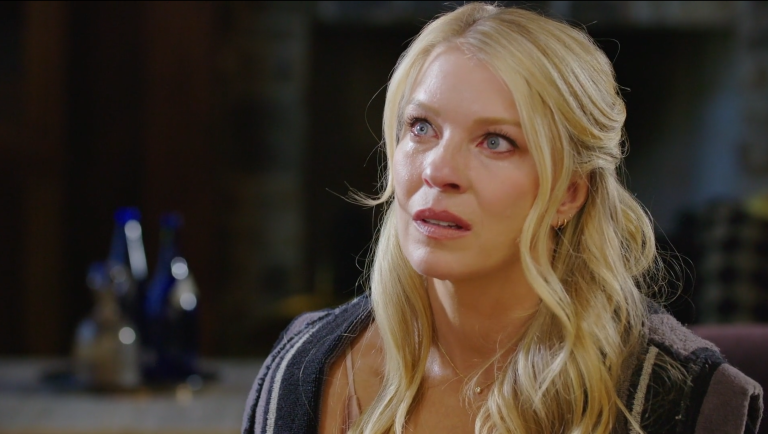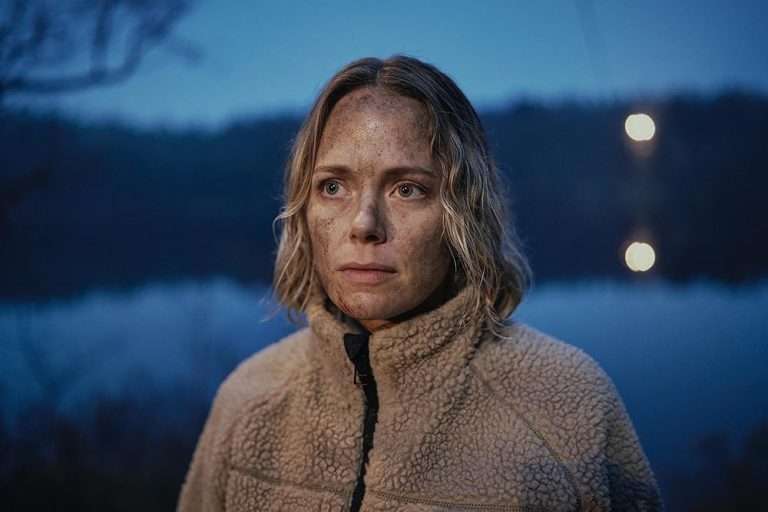I am still reminded of the sentiment I felt back in 2020 while first watching Jesse Moss and Amanda McBaine’s “Boys State” – a school where future leaders of the office are taught the rigors of being elected to office, a system I wish our country too had the infrastructure to execute. The American Legion Boys State and the American Legion Auxiliary Girls State are organized by the American Legion and the American Legion Auxiliary, respectively. Both programs, which were started in 1937, take place in every state except Hawaii, typically at a college within that state. They consist of a week-long summer leadership program aimed at providing comprehensive education on the workings of American politics and government. Participants are nominated by the end of their junior year in high school.
Like Boys State, the Girls State school divides students into Federalists and Nationalists (Republicans and Democrats, metaphorically). We then witness these 16 to 17-year-old youngsters having it out in mock general elections (theoretically). Like “Boys State,” “Girls State” selects five characters for us to follow. However, like its predecessor, there are ultimately three characters around whom the whole narrative of the documentary settles. As Emily Worthmore puts it succinctly – she has an inkling of conservative beliefs but is hesitant to be trapped by ideology. Ideally, The Girls State Program would act as a political creche where these future officeholders would crystallize their ideological and political beliefs.
As “Girls State” opens, a rambunctious bunch of high school women start running for different posts and forming a governmental body from the ground up. The campaigning for these posts entails the candidates conversing with the rest of the populace and designing their campaign posters with crayons and glitter. It gives the competition the vibe of a reality TV show, which remains in focus for an alarming amount of time in the first act and thus invites skepticism from the viewer.
The central characters the director duo chooses to follow share that skepticism. They start questioning whether actual politics will ever be discussed among all the students. Like “Boys State,” will their campaigns start dealing with relevant issues in earnest that would call back to policies at the governmental level? The director duo further compounded this skepticism by intermittently cutting to the Boys State program concurrently held with the Girls State program – a first for both programs.
The counselors still separate them to avoid carnal attraction and other vague anxieties. Their primary concerns are the length of the crop tops and ensuring a buddy system for the girls is maintained so that they are never alone while around the campus. These anxieties aren’t anywhere near the priority list for the participants in the Boys State Program.
Constructing the documentary when both the programs are held together simultaneously allows the director duo to highlight the inequalities within the program. Ostensibly created to empower women and allow a newer voice of democracy to peer through, the patriarchal bias has hobbled the Girls State Program from within. Cutting to scenes within the Boys State program and showing the aggressiveness and the solipsism of the program and its participants highlights the stark difference between them.
As one character within the Boys State Program remarks, the students of the sister program have a less intensive schedule and more free time. However, that is a criticism that could be allotted to the documentary itself, which finds greater ease in cutting back to exploring the familial dynamics of these characters, but these explorations feel ancillary almost too conventional documentary tactic.

The documentary becomes eerily prescient due to the real-world topic that becomes the cornerstone for its second half. The topic of banning abortion becomes inevitably the central talking point for the program and, more importantly, for the newly formed Supreme Court within that program. It is incited by the leaks of Roe v Wade seemingly being overturned. This allows the documentary to delve into the pertinent topic of females having the right to their bodies, the dicey topic of invasion of privacy, and whether counseling before abortion acts as an invasion of the same. Most importantly, it amplifies the only voices that should matter and decide on these topics.
Like its predecessor, “Girls State” impresses on a macro level by showing how politically proficient and knowledgable these girls are and how capable they are in navigating these complicated issues and honing in on the problem that needs to be solved. Even within the rigged system, these young girls have the potential to become democratically proficient policymakers. It is just ironic that not only the shadow of the Roe v Wade verdict hangs over their heads, but six days after the Girls State program ended, Roe v Wade was overturned. It makes all the preceding court proceedings feel like a fantasy.
Moss and McBaine manage to maintain a somewhat similar visual palette and editing to its predecessor. However, the structuring of its narrative is slightly jarring, with the transition between the Supreme Court Election and the Election of the governorship not coalescing smoothly. One of the significant flaws, however, stems from the inherent comparative nature of the documentary itself. Rather than dealing with a singular topic like Gun Control or focusing on the race for the Governorship, “Girls State” acts as a commentary on the program and the system itself. It tries to break through the mirage and the process-oriented administrative nirvana of the far better-funded companion program and show the underlying cracks. In that process, however, the documentary diverts itself from the immersion in the overall political play-acting of the candidates, which had been an integral part of its predecessor.
It also leads to most of the protagonists feeling significantly less interesting in retrospect. The attempt to find main characters from diverse backgrounds is impressive – a relatively progressive girl from St. Louis, a girl raised in a militant conservative family but practices the complete opposite ideology. There’s the Indian-American girl who wants to break free from her shell without compromising on her political ambitions of joining the Supreme Court, the African American girl who believes she’s the only woman with dark skin that her peers have encountered, but the resultant microaggressions she faces are quite mild for her.
However, the only compelling protagonist is Emily Worthmore, the moderately conservative governor hopeful. Worthmore’s campaign speech of “uniting all strata of the political spectrum as Americans” reveals her belief in bipartisanship but also comes off as idealistic hokum. She ultimately loses to, as Faith Glasgow points out, Cecilia Bartin’s “feminist manifesto” campaign speech. This isn’t a spoiler because the race for the governorship isn’t the central tenet of the documentary.
Worthmore, however, pivots and contributes towards the central tenet, deciding to publish a story on the inequalities between the two programs. It gives a slightly meta identity to the filmmaking but also sets Worthmore on the path of honing her journalistic skills. It’s the most interesting character arc within the movie for a character who had been inevitably designed as the villain of the piece but who becomes the favorite of the viewer by the end.
She encapsulates what “Girls State” becomes as it winds down – hopeful for the youth and the future of politics in an already very polarised political arena, but also wearily acknowledging that the Girls State program is equivalent to the Boys State Program, but not necessarily equal, almost unflatteringly dependent.








![Kaali Khuhi [2020] Netflix Review- A Sober Exercise in Silliness](https://79468c92.delivery.rocketcdn.me/wp-content/uploads/2020/11/Kaali-Kuhi-3-highonfilms-768x403.jpg)

